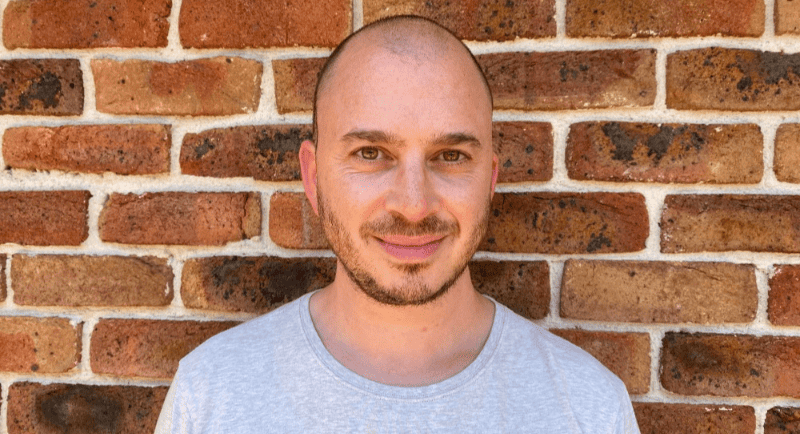The Mediaweek Academy will host its eighth session this month, which will explore inspiring creativity.
Global leadership and marketing consultant Rowena Millward will lead the session, featuring a Legend of the industry sharing their career development wisdom and a Superstar discussing their insights.
This month’s Mediaweek Academy Legend is Julia Zaetta, editor-in-chief at Market Magazine, with Superstar speaker Adam Ross, Coca-Cola creative lead across the ASEAN and South Pacific region.
At Coca-Cola, Ross leads creative strategy and idea development for the brand across the ASEAN & South Pacific region.
His career has consisted of leading creative and strategy teams in both media and creative agencies, leading to his current role at Coca-Cola, where he is tasked to be a catalyst for creativity.
Explicitly, Ross is responsible for the creation of creative strategy, ideas and concepts (globally, regionally and locally) and translating and elevating global core creative ideas regionally and locally.
Ross spoke to Mediaweek about how he got his start in the industry, the importance of having a sense of creativity in order to stand out in a competitive industry and how he overcomes creative blocks.
MW: How did you get your start in your career?
AR: I did a Marketing degree at university and then my first “marketing” job was actually writing the little descriptions of office supplies for a mail-order catalogue. It was mind-numbingly boring and I lasted about two weeks. I then applied for pretty much anything and everything and was lucky to get an entry-level job in a planning team at Mediacom in London.
I had no idea what media agencies did or what a planner was. But I learned from the very best in Chris Binns (who is now Mediacom’s Global Chief Strategy Officer). I was there for five years before deciding to move to Sydney.
MW: In a competitive industry, how important is it to have a sense of creativity in order to stand out?
AR: It’s essential. Being creative is ultimately looking at things in more than one way, which opens up possibilities. The value is in bringing a fresh perspective to things where others might all be thinking in the same obvious way. By doing that, you’ll bring something different to the table and help frame challenges differently, which in turn helps get to different solutions.
MW: Have you ever experienced a creative block, and how did you overcome it?
AR: Regularly. And it’s usually when I’ve been too busy to feed my brain with the stimulus it needs to make new connections from. To overcome it, I stop trying to come up with the thing I’m trying to come up with. It sounds counterintuitive, but it comes from understanding how ideas are born. It all happens in the subconscious. Knowing that, you need to feed your brain with all sorts of diverse stimuli that are both directly and indirectly related to the problem you’re trying to solve. You then need to let your subconscious do the work and you do that by distracting yourself with something else. For me, that’s usually a long walk in nature. Or just when I’m about to go to bed, which can be annoying! There’s a great book called A Technique For Producing Ideas by James Webb Young that speaks to this.
MW: What do you hope attendees take away from your session?
AR: That investing time and energy into what you put into your brain is the most important thing you can do to be more creative. I haven’t finished it yet, but there’s a wonderful podcast with Rick Rubin talking to Rory Sutherland. There’s a bit of the conversation where Rory talks about how the power of curiosity means that almost anything you can do has the chance of providing you with a useful insight and making you better at your job. If you focus on feeding your brain with diverse input, it will reward you by giving back more creative output.
–
Top image: Adam Ross
